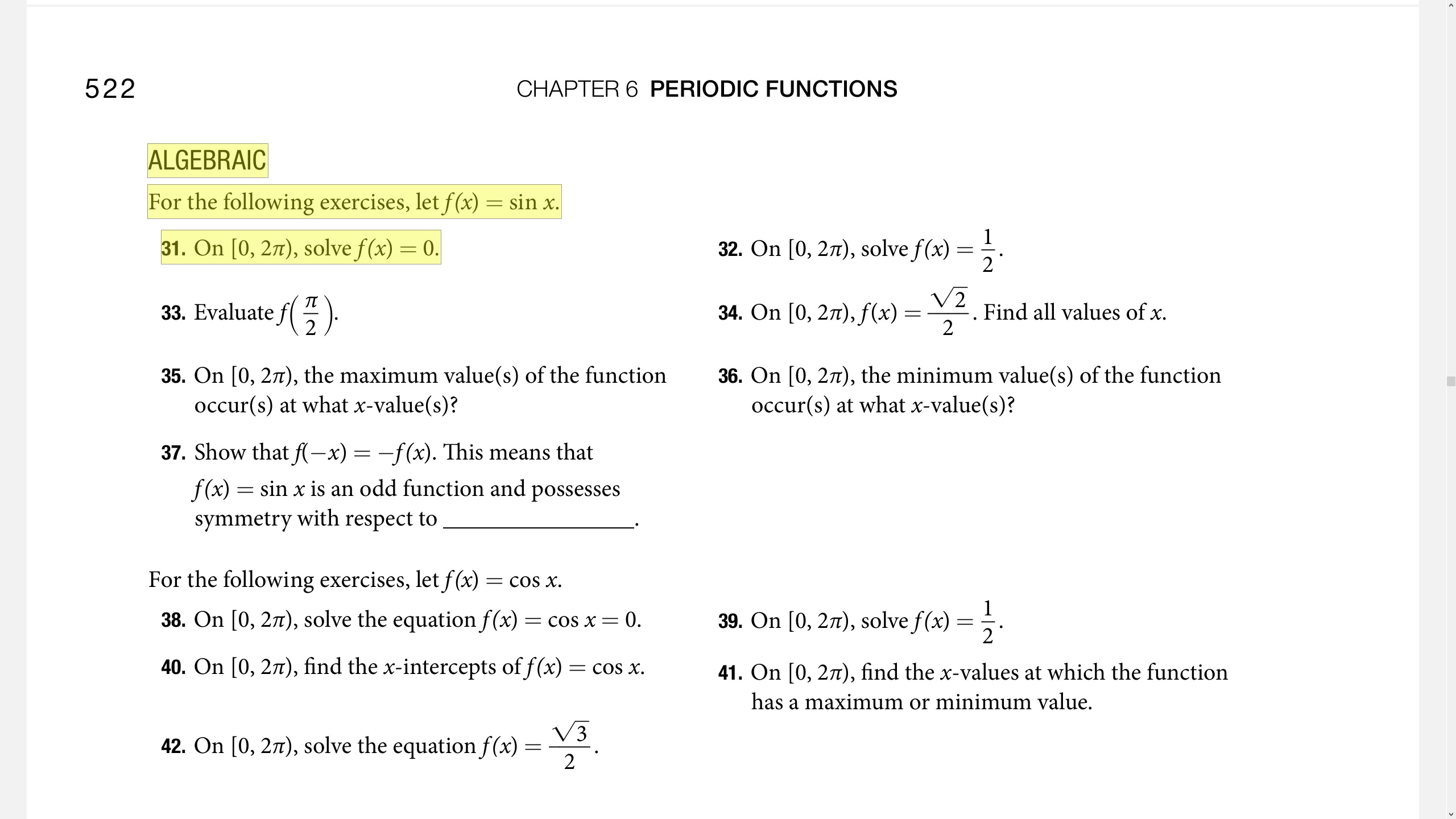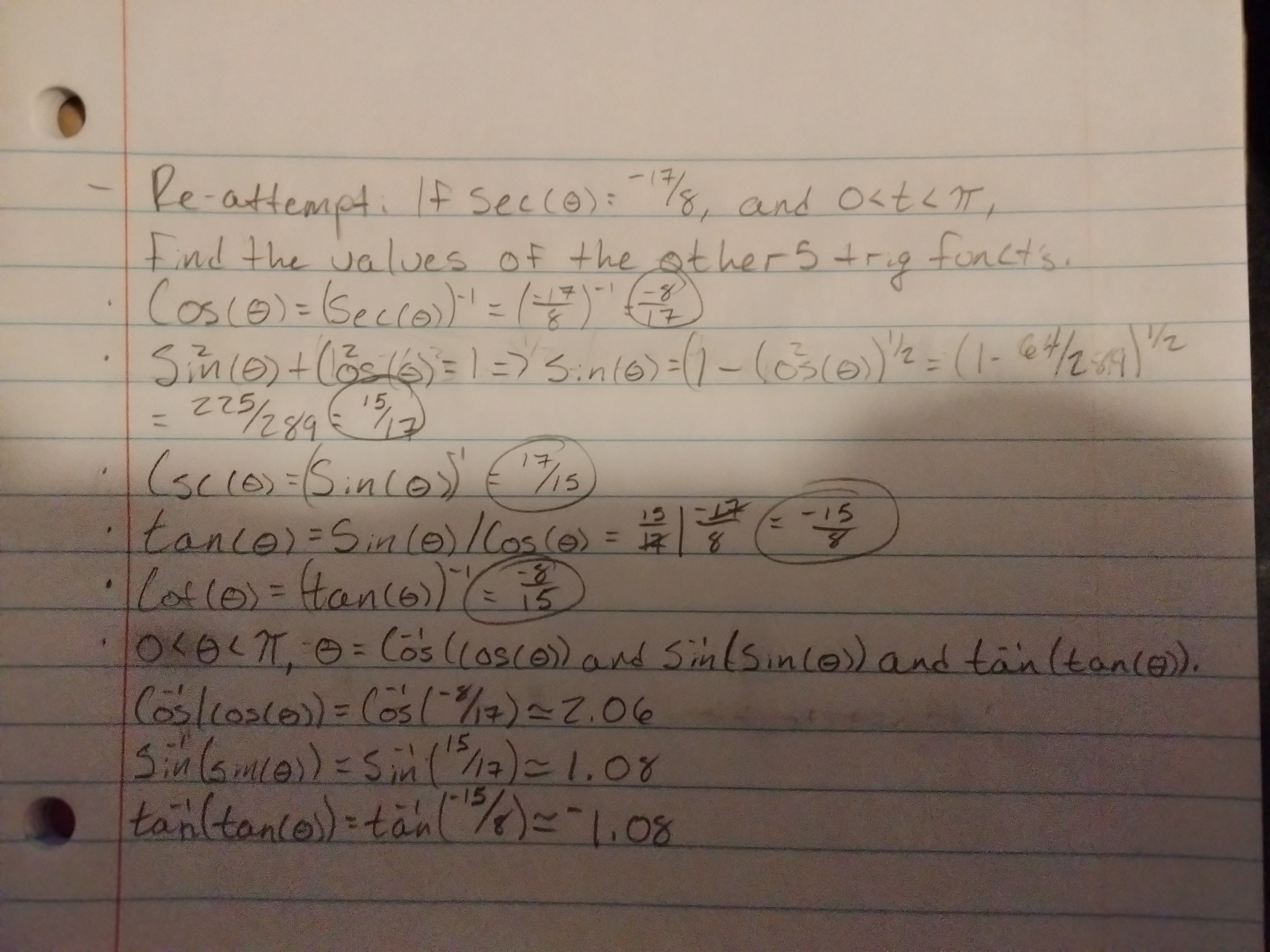BOINC is a free tool you can download to participate in several different math research projects. It runs on Windows, MacOS, Linux, and even Android. Each project gives you fun stats and graphs about your participation, many of them will even credit you individually for your discoveries (such as finding a new prime) on their website or in their published papers.
Here's a few of the projects available (emoji legend at bottom of post):
🏆💚❤️✖️✒️🔓 Amicable Numbers Independent research project that uses Internet-connected computers to find new amicable pairs. Currently searching the 10^20 range.
🎓🔓✖️ NFS@Home - Lattice sieving step in Number Field Sieve factorization of large integers. Many public key algorithms, including the RSA algorithm, rely on the fact that the publicly available modulus cannot be factored. If it is factored, the private key can be easily calculated.
🏆🎓💚❤️✖️🔓 Numberfields@home - Research in number theory. Number theorists can mine the data for interesting patterns to help them formulate conjectures about number fields.
🔓 ODLK1 - Building a database of canonical forms of diagonal Latin squares of the 10th order
🔓💚❤️ SRBase - Attempting to solve Sierpinski / Riesel Bases up to 1030.
🔓✖️PrimeGrid - Find new prime numbers!
Gerasim@home - research in discrete mathematics and logic control. Testing and comparison of heuristic methods for getting separations of parallel algorithms working in the CAD system for designing logic control systems
🔓✖️ Loda@home - LODA is an assembly language, a computational model, and a distributed tool for mining programs. You can use it to generate and search programs that compute integer sequences from the On-Line Encyclopedia of Integer Sequences® (OEIS®). The goal of the project is to reverse engineer formulas and efficient algorithms for a wide range of non-trivial integer sequences.
🔓🎓Rakesearch - The enormous size of the diagonal Latin squares space makes it unfeasible to enumerate all its objects straightforwardly in reasonable time. So, in order to discover the structure of this space, sophisticated search methods are needed. In RakeSearch project, we implement an application that picks up separate pairs of mutually orthogonal DLSs, which allows to reconstruct full graphs of their orthogonality.
🔓✒️ Ramanujan machine - Discover new mathematical conjectures
Legend:
🔓 - Publishes data openly and regularly. Note many projects publish papers detailing the results of their work, this icon means that they regularly publish the source materials as well/the results of the computation in an open fashion.
🏆 - Credits individual crunchers for discoveries, such as finding a new black hole or prime number
🎓 - Sponsored by major university or research institute.
💚 - Supports NVIDIA GPU/graphics card (all projects should be assumed to support CPU unless otherwise stated)
❤️ - Support AMD GPU (all projects should be assumed to support CPU unless otherwise stated)
✖️ - Supports OS X (all projects should be assumed to support Windows & Linux unless otherwise stated)







